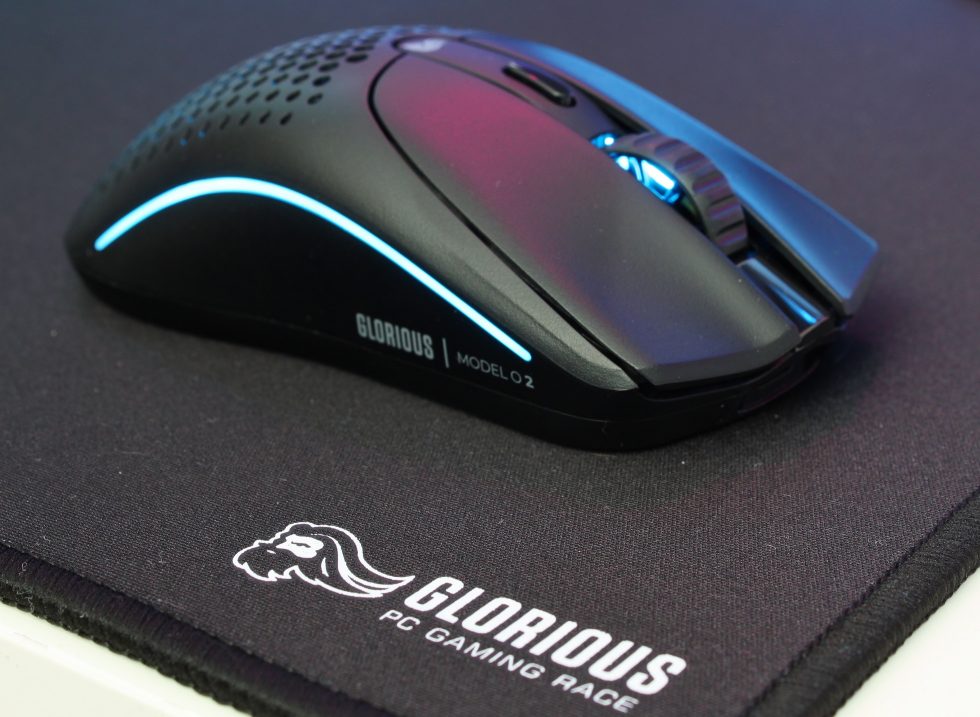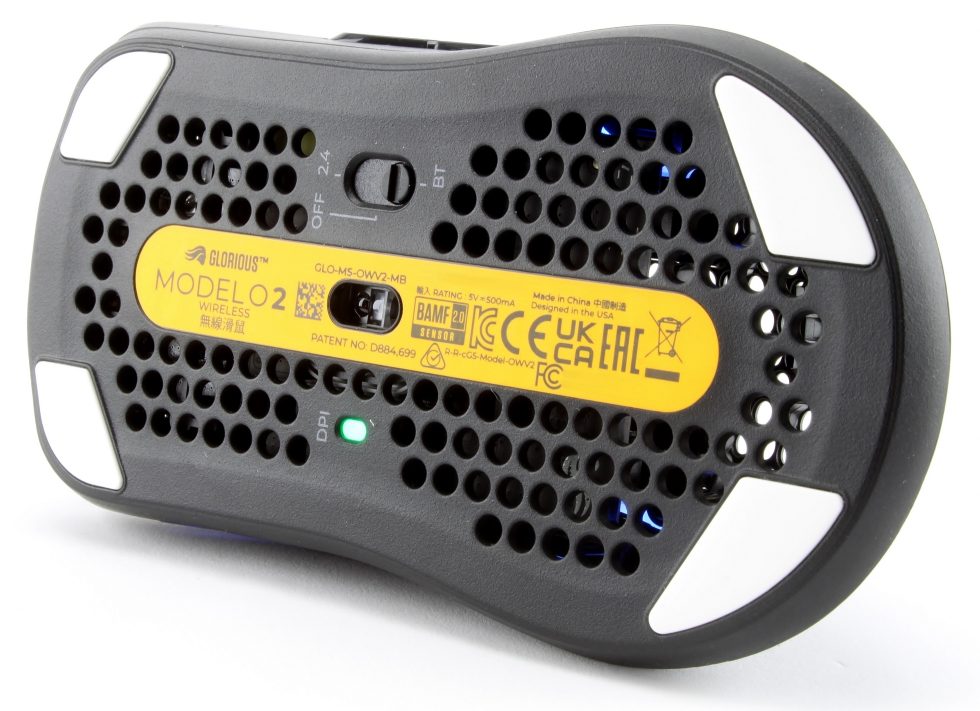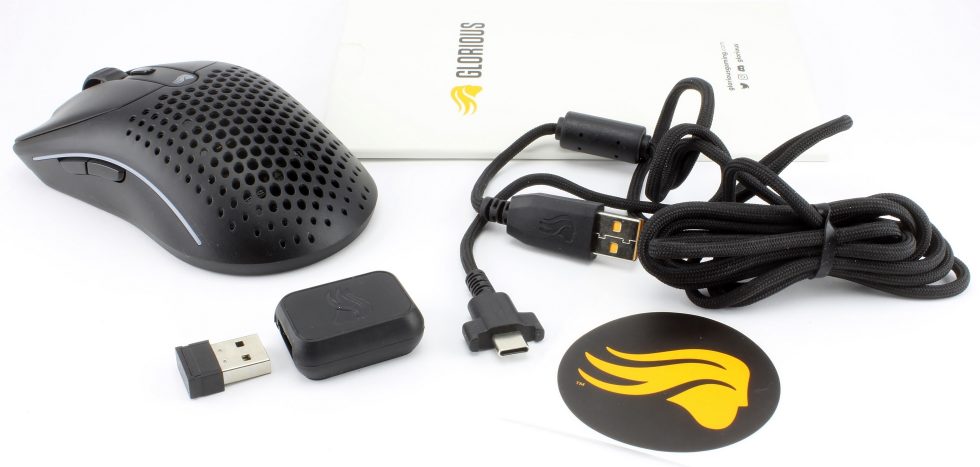Lately, lightweight mice have been sprouting up almost like weeds. While the last tested input devices always had the impression that they all seem to come from the same factory and every manufacturer simply sticks their logo on it to have an ultra-light mouse in their portfolio, things look a bit different with Glorious. Whether the refresh of the popular Model O can stand out from the generic mice can be read in our review.
The introduction may be a bit exaggerated, and of course I don’t want to accuse the manufacturers of anything. This statement is the tenor that I have read from the user comments of the last mouse tests. And somehow you can’t blame the readers, because many of these mice can’t really set real highlights and the principle “you get what you pay for” also applies at the latest in the gap dimensions. This much I can already spoil: Glorious looks a little different! Of course, they also throw around dizzying numbers like the 26,000 DPI of the built-in BAMF 2.0 sensor or 210 hours of battery life, but at least you don’t have to worry about lousy gaps or nasty burrs.
With the Model O 2, Glorious improves the details of the popular Model O, among other things giving it differently cut main keys and also turning a few screws under the hood. But more about that in the technical data section, first we want to free the mouse from its packaging.
Unboxing
The sturdy cardboard box comes in the typical Glorious design. There are dazzling imprints of the mouse all around, and on the rear we find the dimensions and the technical key data.
The mouse itself is embedded in a small slider.
The fit is cardboard and even the accessories stored under the mouse come with virtually no plastic packaging – nice.
The main keys have a slightly different shape compared to the predecessor. The back now has round instead of hexagonal cutouts and the scroll wheel has lost its illumination.
As you can see in the following picture, the scroll wheel has not only lost its illumination, it now has an extremely lightweight construction overall and resembles a wagon wheel in terms of structure.
Compared to the Model I, which will also be relaunched soon, the Model O 2 lacks the large storage area for the thumb.
The USB-C port is located on the front.
At the bottom are the BAMF 2.0 sensor, the efficiently positioned glide feet, the toggle switch (2.4GHz, off, Bluetooth) for selecting the operating mode, and the DPI indicator LED that shows the currently selected profile.
Accessories include a wireless dongle with adapter, a sticker, a quick-start guide and a USB-C cable, which I will discuss in more detail in a moment.
The USB cable can be connected directly to the mouse either (for charging or for wired operation).
Unfortunately, as with the predecessor, the cable has a special shape that is supposed to prevent it from slipping out of the mouse. Unfortunately, it also prevents you from using the cable to connect or charge other USB-C devices:
The mouse, on the other hand, can be connected with virtually any standard USB-C cable:
When the included cable is not being used for charging, it can be used to bring the wireless receiver closer to the scene.
A USB-C to USB-A adapter is included in the box.
All in all, the Model O 2 makes a very good impression and the gaps also fit here!






















































5 Antworten
Kommentar
Lade neue Kommentare
Urgestein
Mitglied
Veteran
Mitglied
Mitglied
Alle Kommentare lesen unter igor´sLAB Community →